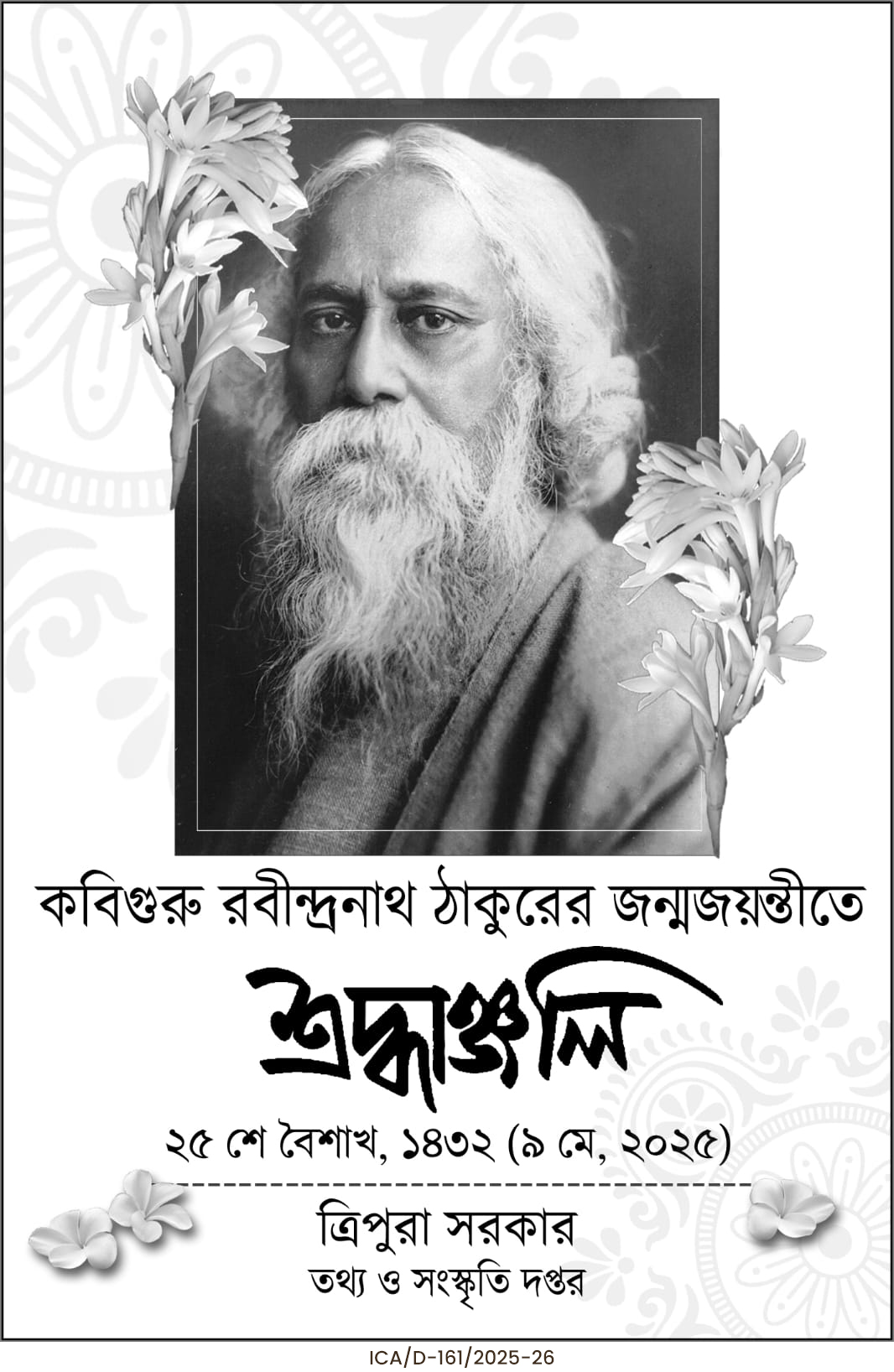Nearly 3,000 Myanmar refugees, who fled to Mizoram amid clashes between ethnic groups, have returned home as calm returns along the India-Myanmar border. Mizoram still shelters 35,000 refugees, and a biometric data collection drive is set to begin to better manage their presence in the state.
Nearly 3,000 Myanmar refugees, who had fled to eastern Mizoram earlier this month amid fierce armed clashes between two ethnic insurgent groups in Myanmar’s Chin State, have returned to their native villages, according to officials.
The refugees, including a large number of women and children, had crossed the unfenced Indo-Myanmar border between June 28 and July 5, following violent confrontations between the Chin National Defence Force (CNDF) and the Chinland Defence Force (CDF). These two anti-military ethnic groups have been vying for control over territories in Chin State, leading to heavy gunfire and instability along the border region.
In total, 4,653 refugees from Myanmar sought temporary shelter in the Champhai district of Mizoram. The refugees primarily hailed from the Chin State villages of Khawmawi, Rihkhawdar, and Lianhna. They were accommodated in three key border villages — Zokhawthar, Saikhumphai, and Vaphai — which became temporary safe havens during the height of the crisis.
According to officials, 3,867 refugees took shelter in Zokhawthar, while 786 others were housed in Vaphai and Saikhumphai. Around 500 people stayed in designated relief camps, while the rest were welcomed by their relatives and acquaintances residing in Mizoram.
With the situation gradually stabilizing in the conflict-affected Chin region, a majority of the refugees have voluntarily returned to their homes. Border sources report that the India-Myanmar border has remained largely calm in recent days, enabling the safe repatriation of the displaced population.
Despite the temporary relief, security remains a concern. The Assam Rifles, which guard the 510-kilometre unfenced border between Mizoram and Myanmar, have increased surveillance to curb illegal activities such as drug trafficking, smuggling of contraband, and the movement of insurgents. However, humanitarian protocols remain intact, allowing Myanmar nationals escaping violence to enter Mizoram and receive temporary refuge.
This is not the first such exodus. Since the military coup in Myanmar in February 2021, Mizoram has witnessed a steady inflow of refugees fleeing political persecution and armed conflict. Official figures estimate that around 35,000 Myanmar nationals, primarily belonging to the ethnically similar Chin tribe, are currently residing in relief camps across Mizoram’s 11 districts.
The cultural and ethnic ties between the Chin refugees and the Mizo people have played a significant role in the warm reception extended by the local population. Despite challenges related to shelter, food, and healthcare, Mizoram has continued to support the displaced community on humanitarian grounds.
In a recent development, the Mizoram government has decided to begin a comprehensive exercise to collect biometric and biographic data of the Myanmar refugees. This process is expected to begin by the end of July and will involve data collection in all 11 districts where the refugees are residing.
According to a senior official from the Mizoram Home Department, the project will be carried out through the Foreigner Identification Portal and will be managed by the respective Deputy Commissioners in each district. A budget of Rs 38 lakh has been allocated for the initiative, which will be funded entirely by the Ministry of Home Affairs (MHA).
This biometric data collection is aimed at better monitoring and managing the refugee population while ensuring security along the porous international border. Authorities believe it will help streamline aid distribution and prevent potential misuse of refugee status for illegal activities.
| Also Read: Durand Cup 2025: Imphal gears up amid security review |
While peace may be temporarily returning to the border areas, the root causes of displacement in Myanmar — political unrest, military control, and ethnic insurgency — remain unresolved. Until a durable political solution is achieved in Myanmar, the people of Mizoram, backed by the Indian government, are likely to continue playing a critical role in providing refuge and safety to those in need.





